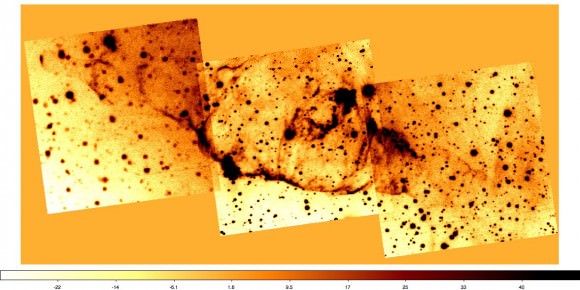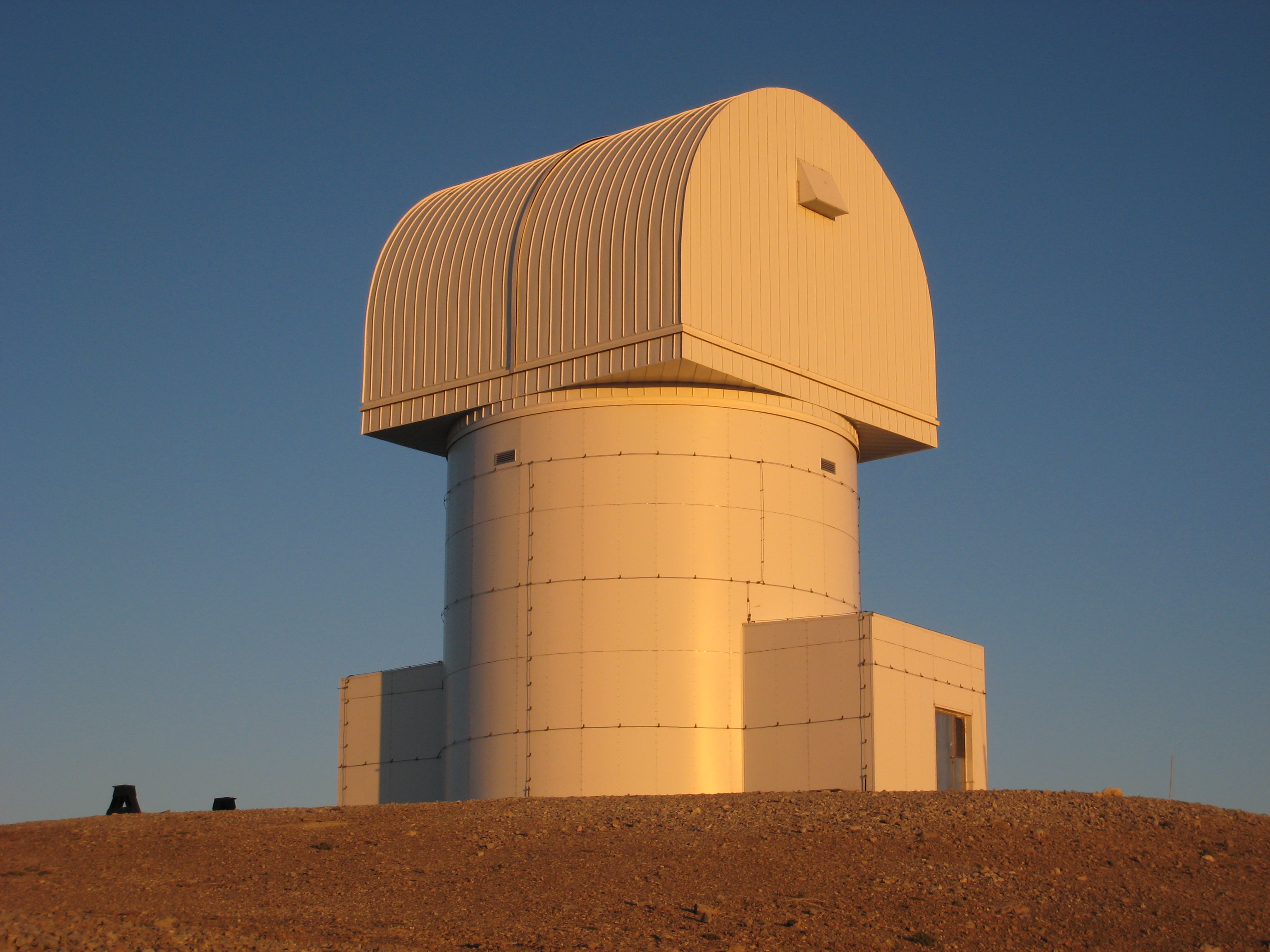Some 2,500 years ago, a Greek astronomer named Aristarchus certainly made some very correct assumptions when he postulated the Sun to be at the center of our known Universe and that the Earth revolved around it. Through this, he also knew that the stars were incredibly far away and now his namesake telescope, the new 2.3 meter Aristarchos, is taking that distant look from the Helmos Observatory, high atop the Peloponnese Mountains in Greece. Its purpose is to determine the distance and evolution of a mysterious star system – one which is encased in an ethereal nebula.
While looking at the demise of a possible binary star system, researchers Panos Boumis of the National Observatory of Athens and John Meaburn of the University of Manchester, set out to photograph this enigmatic study with the narrowband imaging camera onboard the Aristarchos telescope. Their target designation is planetary nebula KjPn8, and it was originally discovered during the 1950’s Palomar Sky Survey. What makes it out of the ordinary is two huge lobes, measuring a quarter of a degree across, which surround the system. This artifact was researched by Mexican astronomers at the San Pedro Martir Observatory some four decades after its revelation, but it wasn’t until the year 2000 that the Hubble Space Telescope uncovered its central star.

Dr. Boumis and Prof. Meaburn began to study this ancient cosmic artifact, concentrating on measuring the expansion with utmost accuracy. Through their work, they were unable to uncover the system’s distance and trace the history of the lobes through time. What they discovered was KjPn8 is roughly 6,000 light years away and the lobes of material have three epochs: 3200, 7200 and 50,000 years. According to the research team: “The inner lobe of material is expanding at 334 km per second, suggesting it originates in an Intermediate Luminosity Optical Transient (ILOT) event. ILOTs are caused by the transfer of material from a massive star to its less massive companion, in turn creating jets that flow in different directions. We believe that the core of KjPn8 is therefore a binary system, where every so often ILOT events lead to the ejection of material at high speed.”
It is certainly a triumph for the Aristachos Telescope and the new Greek facility. Dr. Bournis is quite proud of the conclusive results gathered by telescope – especially when the object in question cries out for more research. He comments: “Greece is one of the global birthplaces of astronomy, so it is fitting that research into the wider universe continues in the 21st century. With the new telescope we expect to contribute to that global effort for many years to come.”
Original Story Source: Royal Astronomical Society News Release.

